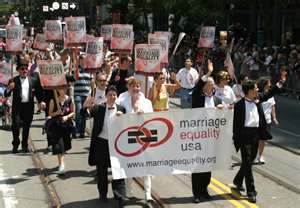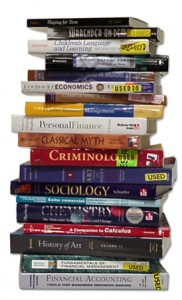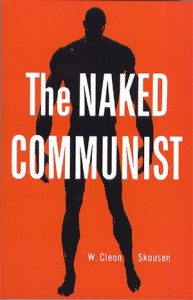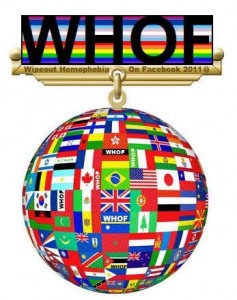As the fight for things like marriage equality plays out in the adult world, I am struck by the steadfastness of both sides. Both are unwavering in their beliefs of what is right and wrong. One day there is a statement made by a religious leader, the next by a civil rights leader. The fight goes on and on. One day a state has marriage equality, the next it doesn’t. It’s a horrible game of capture the flag with human rights at play. There is no “convincing” in this game, only the political arguments that hold gay couples and their families prisoner to what a stranger thinks they “should” be. Could it be possible that if we taught in our public schools positive renderings of people in the LGBT community and history that the next generation won’t have these arguments? 
Recently President Obama endorsed both the Safe Schools Improvement Act and the Student Non-Discriminatory Act that will help battle bullying and discrimination in American public schools. This legislation could be as powerful and as history changing as Title IX in protecting LGBT youth against exclusion, bullying and harassment. The Center for Disease Control (CDC) reports that eight out of ten LGBT youth are verbally harassed in school with one in five being physically assaulted. While federal legislation is a good step in the right direction, the fact remains that many LGBT youth face homelessness, rejection from family and abuse.
To truly defeat homophobia in this country, we need to rally our educators and have inclusive curriculum.
“You can’t be what you don’t see.” is a famous quote from Marie Wilson, and I have to ask, where is the LGBT history in our schools textbooks? What message does a young person (gay or straight) get when they are taught that the LGBT community has done nothing of consequence? Nothing worth writing down and teaching? Yes, people like Alexander the Great, Tchaikovsky, Wolf, Whitman and Proust (to name a few) might be mentioned, but unlike other minorities and people whose rights have been a fight it ends there. People like Harvey Milk and Beyard Rustin are notably absent, a terrible void.
In California however, times are quickly changing, 2012 marked the first year that teachers in that state would be required under new standards to teach LGBT inclusive history/social science curriculum. Certainly there have been teachers who have already been inclusive in their teachings, but to have it as a standards requirement is groundbreaking. Now, regardless of sexual orientation, notable people in history will not be excluded. According to the Gay, Lesbian and Straight Education Network (GLSEN) suggestions for the second grade curriculum include ‘People Who Make a Difference’ like Larry Kramer (AIDS activist), Phyllis Lyon (founder of Daughters of Bilitis) and Audre Lord (author) to teach the impact of individual actions and character. Teachers of older grades are encouraged to include the Stonewall Riots, Supreme Court cases like One Inc., v. Oleson, 1958 (does pro-homosexual writing break obscenity law) and DOMA (the Defense of Marriage Act).
Of course, these are suggestions within the new standard and there is not set of rules right now on the curriculum, but the standards also include that LGBT people may not be portrayed in negative and adverse ways. Hopefully the participating communities will take this up and embrace all of American history and not just the parts they can relate to. Can you imagine the climate change in this country in the next generation were taught to respect and value members of the LGBT community? According to the Center for Disease Control, just having a gay straight alliance group in a school dramatically decreases depression, marijuana and alcohol abuse, suicidal thoughts and unexcused absences, imagine the positive outcome if an inclusive history were taught.
Baby steps.
* For more on inclusive teaching and LGBT education go to www.glsen.org
____________________________________________________________________________________________________
 Follow more from this Author on Facebook here —–> The Pen Prostitute
Follow more from this Author on Facebook here —–> The Pen Prostitute





